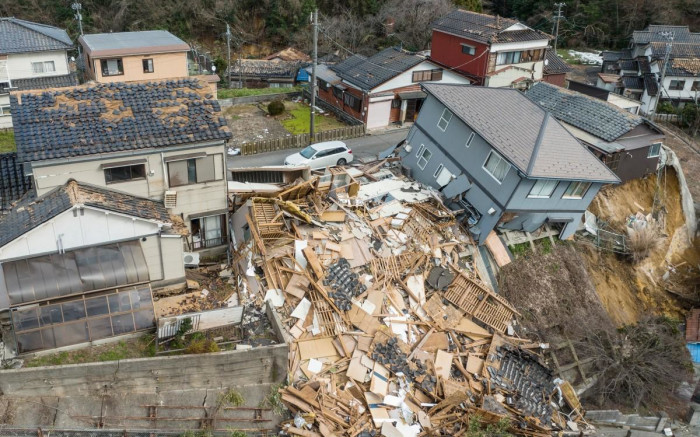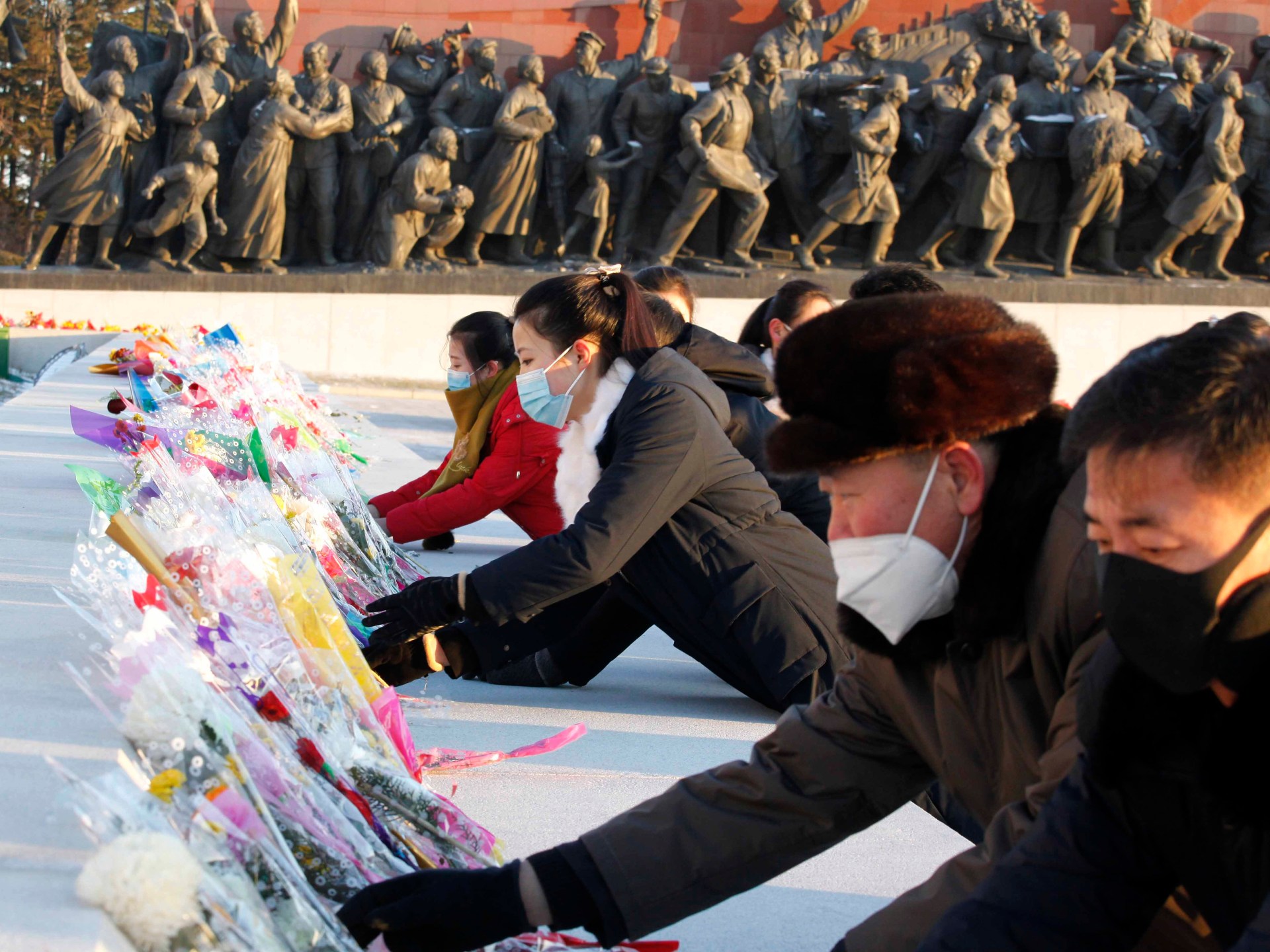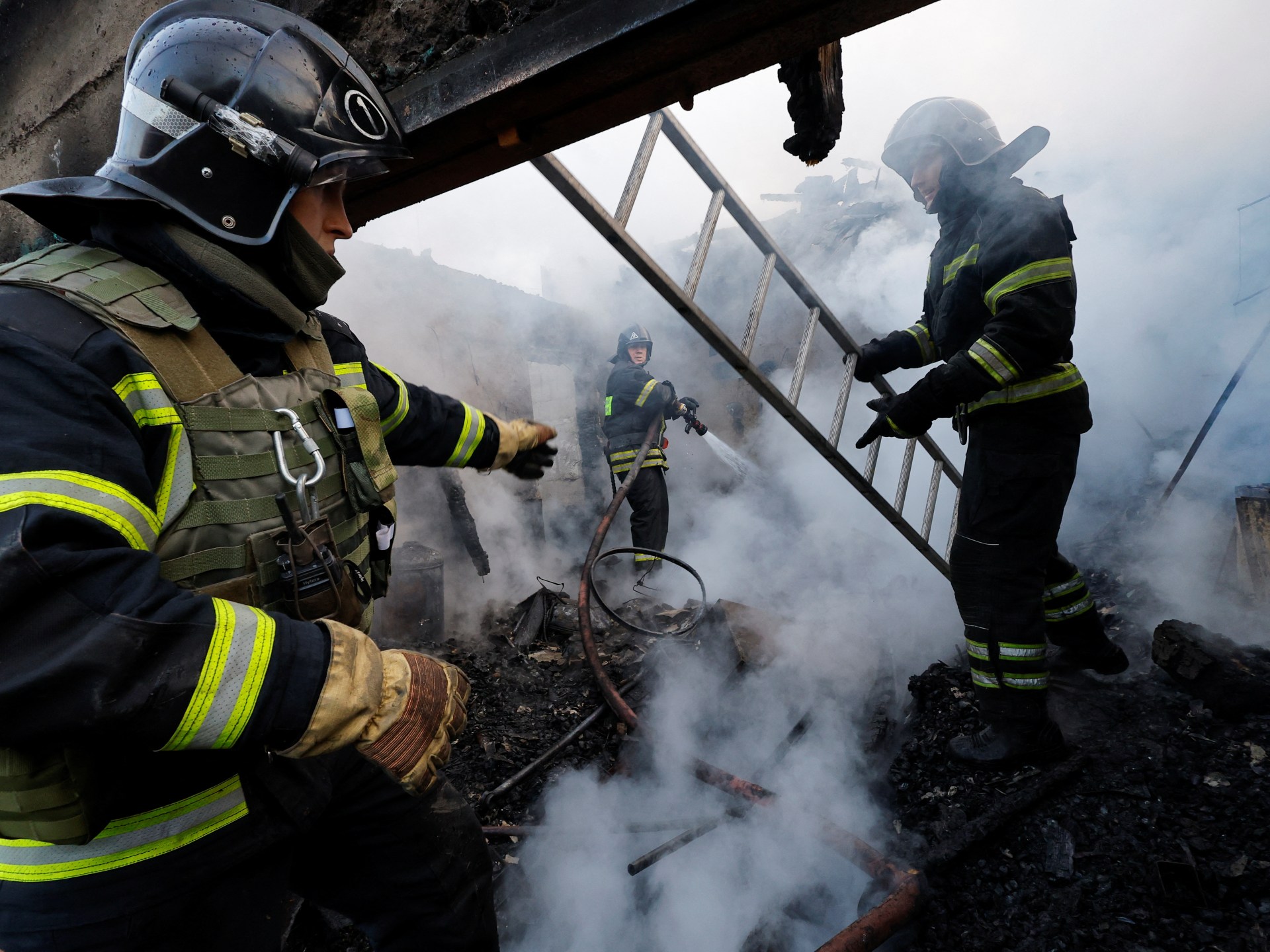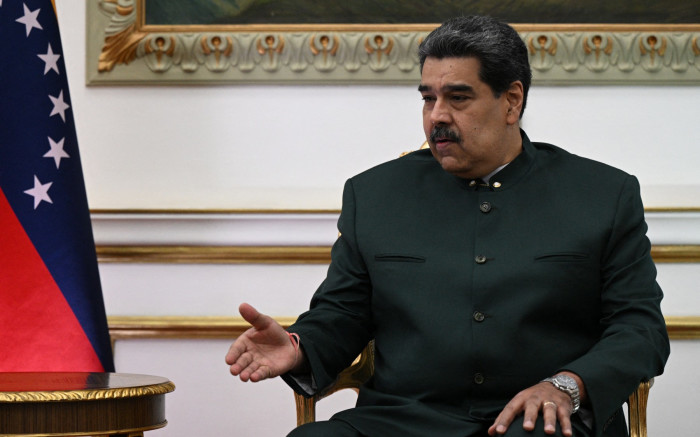
The magnitude 7.5 quake that struck Ishikawa Prefecture on the main island of Honshu triggered tsunami waves over a meter high, collapsed buildings, caused a major harbor fire and tore apart streets.
This aerial photo shows damaged and destroyed houses along a street in Wajima, Ishikawa Prefecture, on January 2, 2024, a day after a massive 7.5-magnitude earthquake struck the Noto region of Ishikawa. (Photo by Fred MERY / AFP)
SHIKA, JAPAN – Japanese rescuers battled the clock and violent aftershocks on Tuesday to find survivors of a powerful earthquake that struck on New Year’s Day, reportedly killing more than 20 people and leaving a trail of destruction.
The magnitude 7.5 quake that struck Ishikawa Prefecture on the main island of Honshu triggered tsunami waves over a meter high, collapsed buildings, caused a major harbor fire and tore apart streets.
As daylight came, the extent of the destruction on the Noto Peninsula became clear: buildings were still smoldering, houses were leveled and fishing boats sank or were washed ashore.
“It was such a violent jolt,” Tsugumasa Mihara, 73, told AFP as he stood in line with hundreds of others to get water in the town of Shika.
“What a terrible start to the year,” he said.
Police said six people were killed, although the number was almost certain to rise. The Kyodo News Agency reported that 24 people had died, including seven in the hard-hit port of Wajima.
“Very extensive damage has been confirmed, including numerous casualties, building collapses and fires,” Prime Minister Fumio Kishida said after a disaster relief meeting.
“We must race against time to search for and rescue victims of the disaster.”
Aerial footage showed the devastation caused by a major fire in Wajima, in which a seven-story building collapsed.
Nearly 45,000 homes were without power in the region and temperatures reached freezing overnight, the local utility said. Many cities had no running water.
According to the US Geological Survey (USGS), the quake had a magnitude of 7.5. Japan’s meteorological agency recorded a reading of 7.6 and said it was one of more than 150 to hit the region by Tuesday morning.
Several strong jolts were felt early Tuesday, including one with a magnitude of 5.6 that prompted national broadcaster NHK to switch to a special broadcast.
“Please take a deep breath,” the host said, reminding viewers to check for fires in their kitchens.
Waves at least 1.2 meters (four feet) high hit Wajima on Monday, and a number of smaller tsunamis were reported elsewhere.
Warnings of much larger waves proved unfounded and on Tuesday Japan lifted all tsunami warnings.
Images on social media showed cars and houses shaking violently in Ishikawa and frightened people cowering in shops and train stations. Houses collapsed and large cracks appeared in the streets.
A team of firefighters crawled under a collapsed large commercial building in Wajima, television footage showed.
“Keep up! Hold on,” they shouted as they fought their way through stacks of wooden beams with an electric saw.
“There was a tremor like I had never experienced before,” an elderly man told NHK.
“It was so terrible in my house… I’m still alive. Maybe I have to be happy with that.”
The fire in Wajima engulfed a number of houses, video footage showed, with people evacuated in the dark, some with blankets, others with babies.
NHK reported that 25 houses collapsed in the city, including 14 where people may have been trapped.
A duty officer at the Wajima Fire Department said they were still being overwhelmed with rescue requests and damage reports on Tuesday.
Ishikawa Governor Hiroshi Hase wrote down
According to the fire and disaster control authority, a total of 62,000 people were ordered to be evacuated.
About 1,000 people were at a military base, the Defense Ministry said.
- High-speed trains suspended –
Defense Minister Minoru Kihara said 1,000 military personnel were preparing to deploy to the region while 8,500 others were on standby. Around 20 military aircraft were sent to assess the damage.
Monday’s quake shook homes in the capital Tokyo, some 300 kilometers (180 miles) away, where a public New Year’s welcoming event attended by Emperor Naruhito and his family members was canceled.
Several major highways around the epicenter have been closed, the Japanese road operator said, and bullet train service from Tokyo has also been suspended.
Japan experiences hundreds of earthquakes every year, most of which cause no damage.
The number of earthquakes in the Noto Peninsula region has increased steadily since 2018, according to a Japanese government report last year.
Japan was hit by a massive 9.0 magnitude underwater earthquake off northeastern Japan in 2011, triggering a tsunami that left about 18,500 people dead or missing.
It also flooded the Fukushima nuclear power plant, causing one of the world’s worst nuclear disasters.
After Monday’s earthquake, no abnormalities were reported at the Shika nuclear power plant in Ishikawa or at other plants, the Japanese nuclear agency said.
In Washington, US President Joe Biden was briefed on Monday’s quake and offered Japan “any necessary assistance” to deal with the consequences.
French President Emmanuel Macron expressed his “solidarity,” while Italian Prime Minister Giorgia Meloni expressed her condolences and support.






Recent Comments